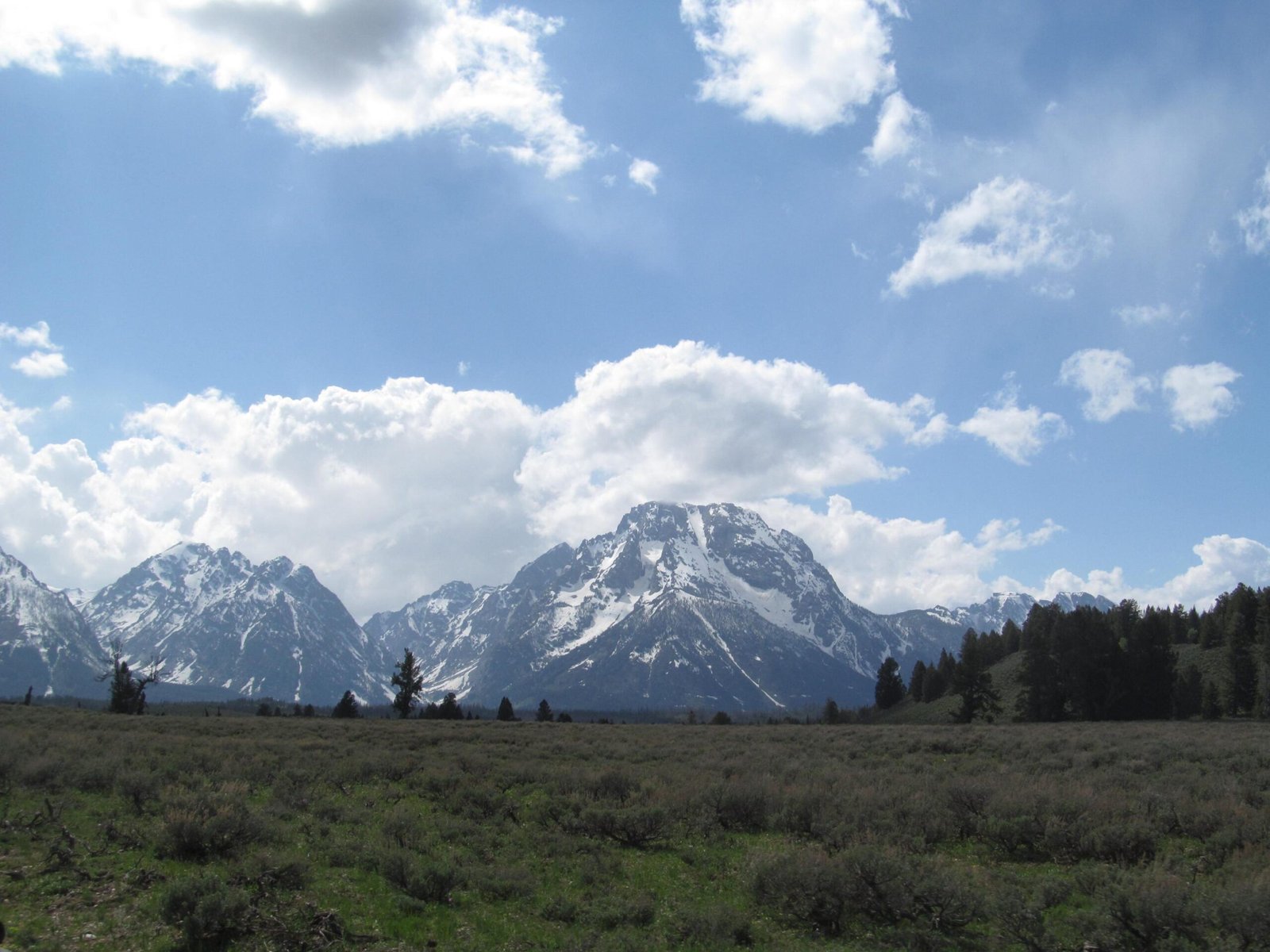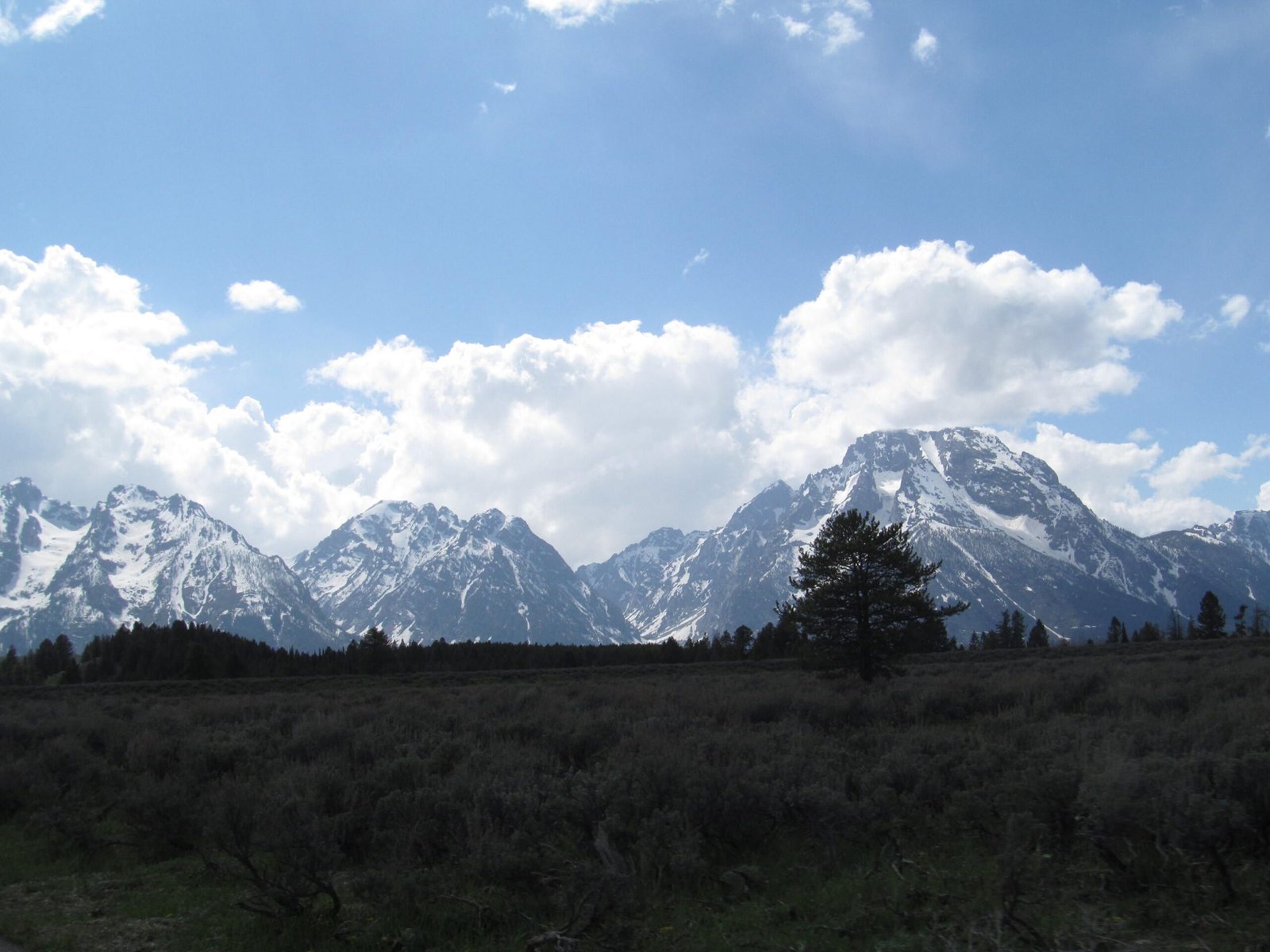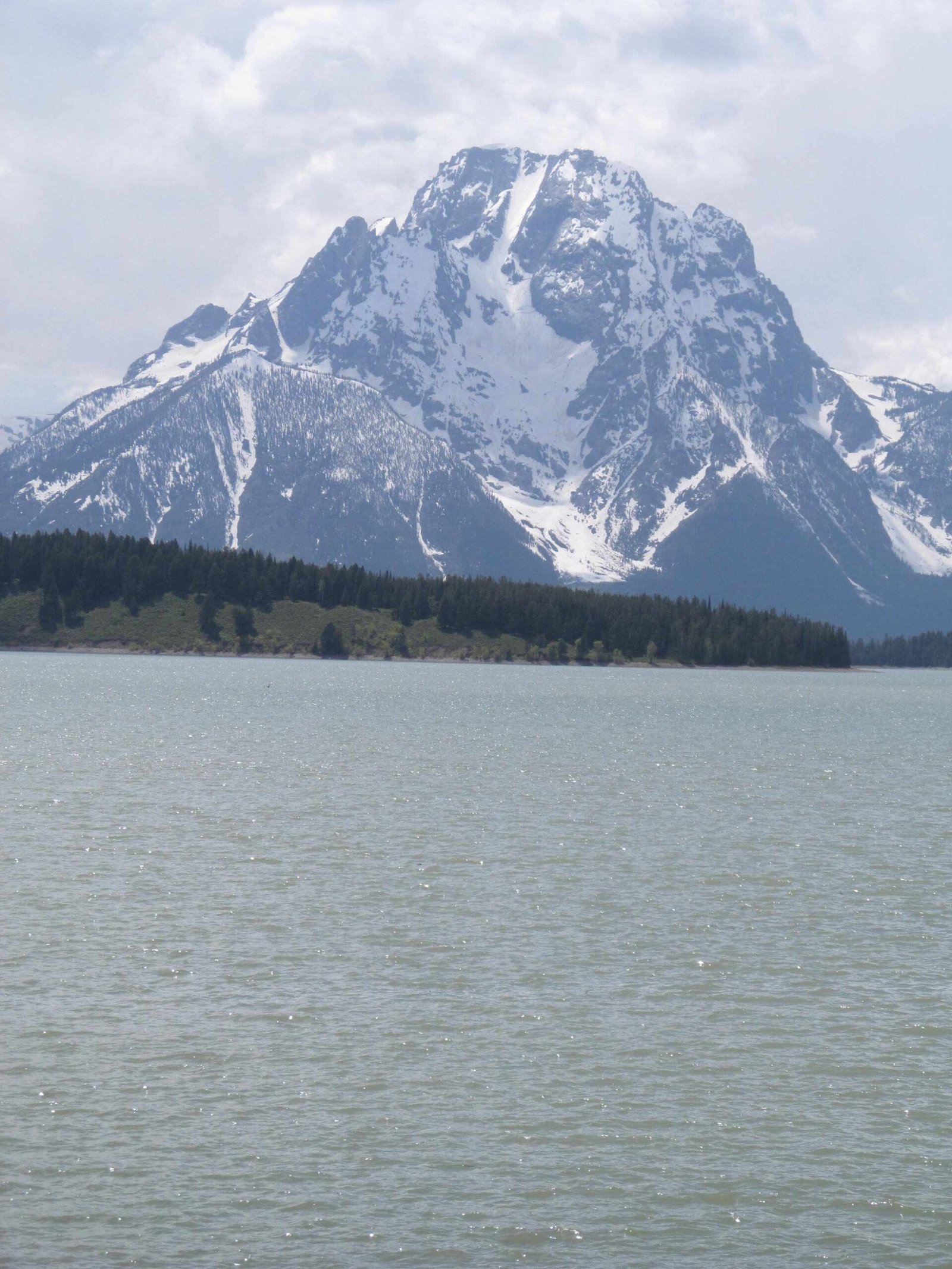The Cunningham Cabin stands as a remarkable testament to Wyoming’s pioneering spirit, representing a preserved historical landmark within Grand Teton National Park. This authentic 1888 homestead offers visitors a rare glimpse into the challenging life of early settlers, showcasing the architectural and cultural heritage of Jackson Hole’s ranching community through its well-preserved double-pen structure and rich historical narrative.
What Makes Cunningham Cabin Historically Significant?

The Cunningham Cabin represents more than just a wooden structure; it embodies the resilience and determination of early Wyoming settlers. Built by John Pierce Cunningham in 1888, this cabin tells a complex story of survival, economic challenges, and the transformation of the American frontier.
Key Historical Features
| Feature | Description |
|---|---|
| Construction Year | 1888 |
| Original Owners | John and Margaret Cunningham |
| Architectural Style | Appalachian “double-pen” or “dog-trot” |
| Primary Use | Initial living quarters, later converted to barn and blacksmith shop |
Why Was the Cabin Constructed?
The Cunningham family constructed this cabin as a primary residence during the challenging homesteading era. Their goal was to establish a sustainable ranch in the harsh Wyoming landscape, demonstrating remarkable adaptability and perseverance.
How Did the Cunningham Family Survive?

The Cunninghams developed a multifaceted approach to survival:
- Cattle ranching as primary economic activity
- Diversified agricultural practices
- Strategic land use and resource management
- Community collaboration and mutual support
What Challenges Did Early Settlers Face?
Early settlers like the Cunninghams confronted numerous obstacles:
- Extreme weather conditions
- Limited agricultural resources
- Economic instability
- Potential conflicts with local indigenous populations
- Isolation and limited infrastructure
Where Exactly Is Cunningham Cabin Located?
Location Details:
– GPS Coordinates: 43°46′44″N 110°33′28″W
– Proximity: Approximately 12.6 miles north of Moose Junction
– Accessibility: Easy walking trail, minimal elevation gain
Can Visitors Explore the Cabin?
While the cabin itself is preserved but not fully restored, visitors can:
- Walk around the exterior
- Observe original architectural elements
- Imagine frontier life through interpretive signage
- Photograph the historic structure
- Enjoy surrounding landscape views
Visitor Preparation Tips
- Wear comfortable walking shoes
- Bring water and sun protection
- Follow National Park guidelines
- Respect historical site preservation rules
What Archaeological Insights Does the Cabin Provide?
The Cunningham Cabin offers profound archaeological insights:
- Architectural preservation techniques
- Material culture of late 19th-century settlers
- Economic adaptation strategies
- Social dynamics of frontier communities
How Does the Cabin Contribute to Grand Teton’s Heritage?
The cabin serves as a critical historical artifact by:
- Documenting homesteading experiences
- Preserving architectural heritage
- Educating visitors about frontier life
- Representing local ranching history
Visitor Experience Recommendations
- Take guided tours when available
- Read accompanying historical markers
- Engage with park ranger presentations
- Compare cabin design with modern structures
Preservation and Future
Grand Teton National Park continues maintaining the Cunningham Cabin as an essential historical resource, ensuring future generations can understand and appreciate the region’s rich pioneering history.
Reference:
– National Park Service
– Grand Teton National Park Official Website
– Wyoming State Historical Society

